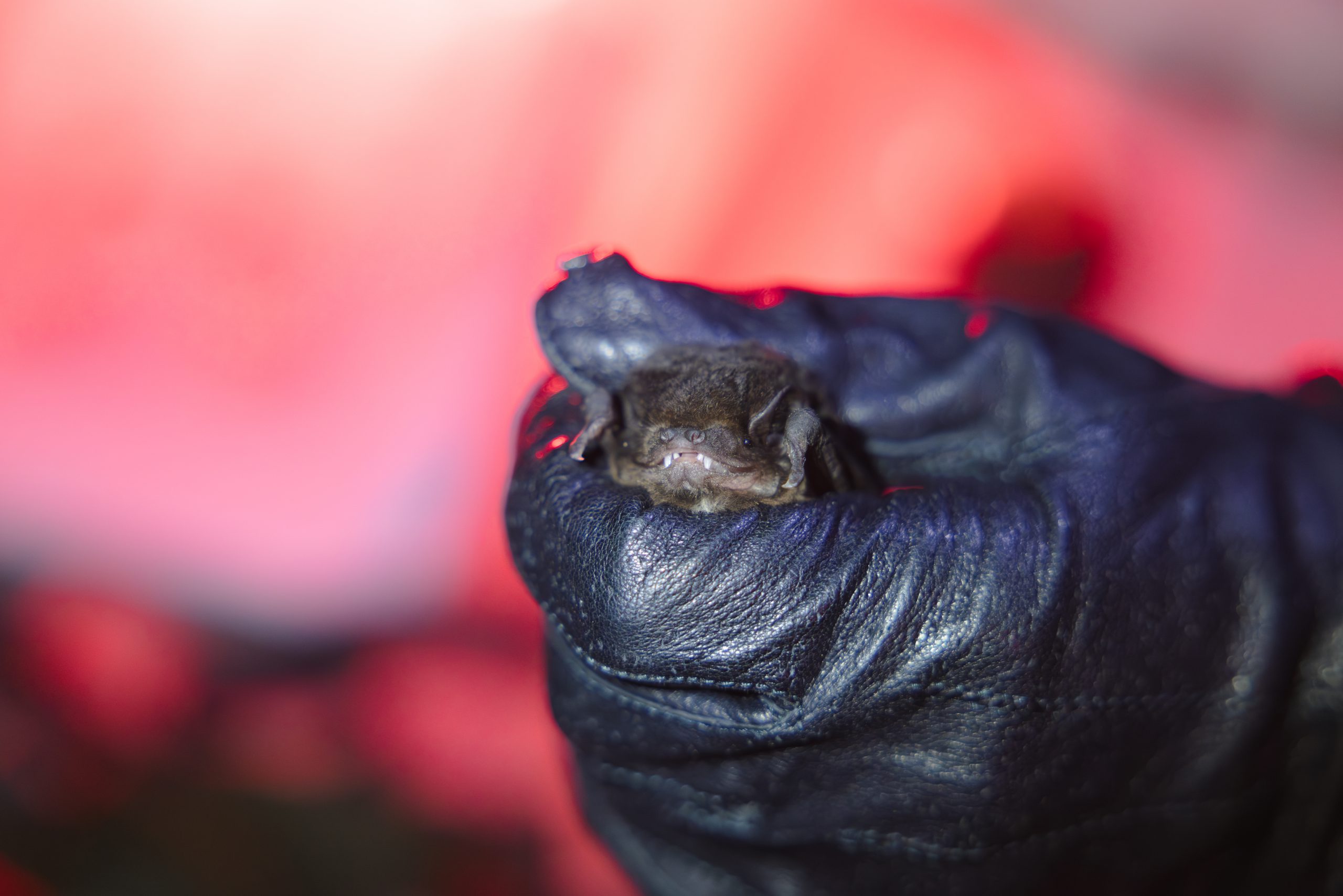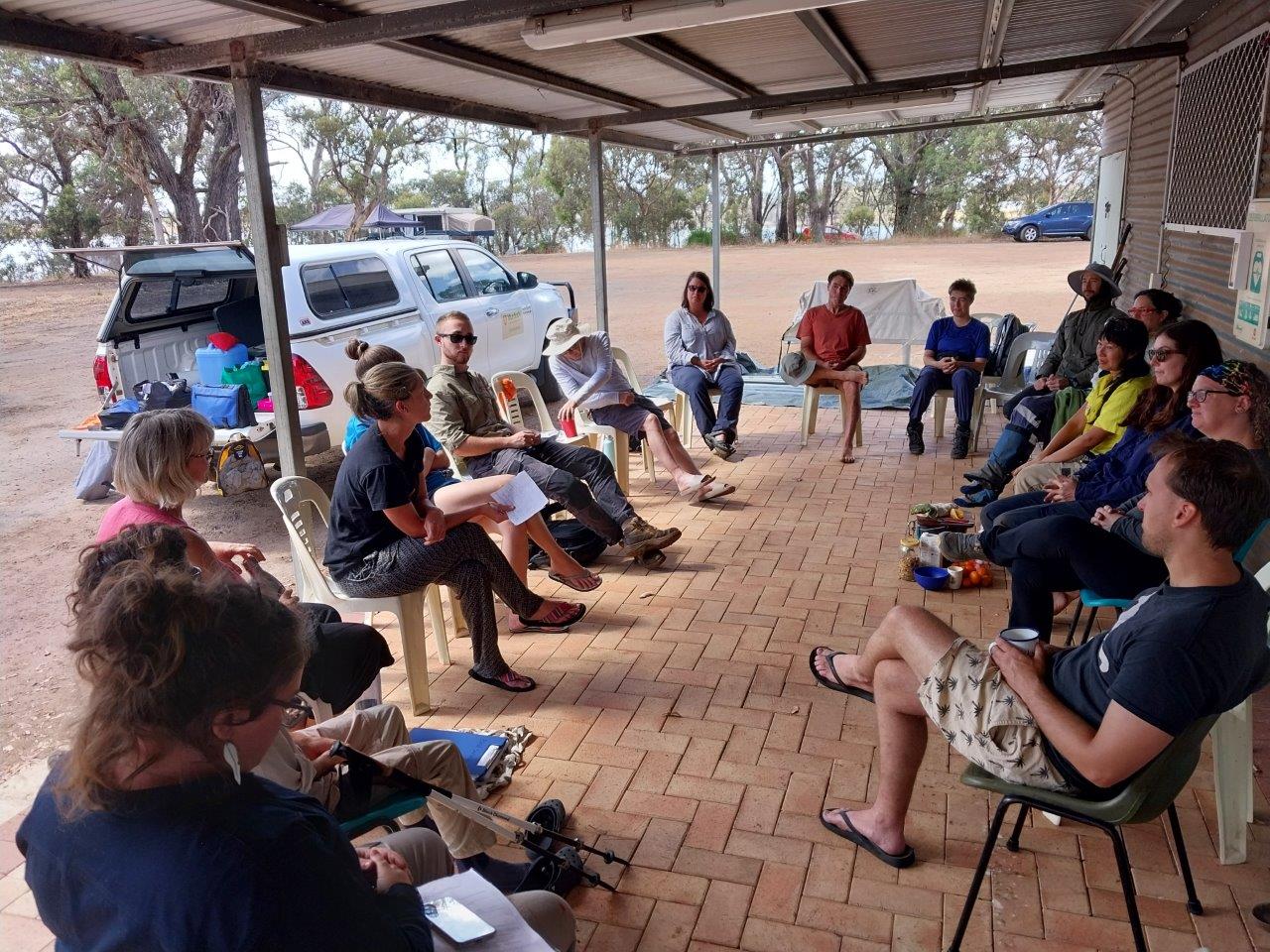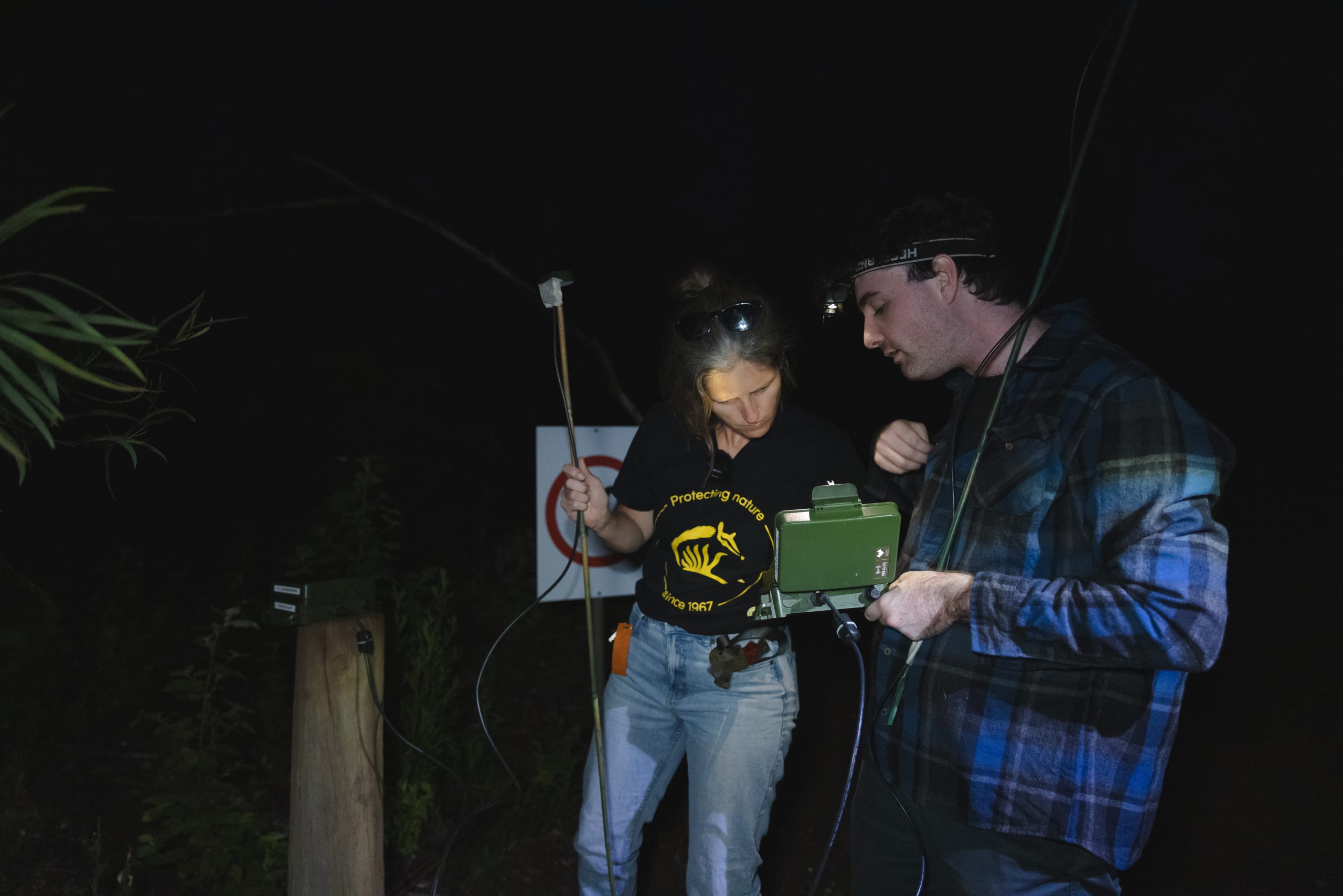Empowering Conservation: Citizen Scientists Take on Bat Research
Bats play a crucial role in our ecosystems—pollinating plants, controlling insect populations, and contributing to biodiversity. However, a negative perception has contributed to barriers to conservation and research for bats, along with the need for specialist equipment and skills. Previous research has shown that these ‘non-charismatic species’ tend to attract less funding, resources, and demand for conservation and research, making this a critical barrier to their protection and to the benefits they provide us.
Citizen science has the potential to address some of these challenges by engaging the public in hands-on research, increasing data collection capacity, and fostering positive attitudes towards these often-overlooked species. By involving more people in research efforts, can we expand knowledge, shift perceptions, and help bridge the resource gap?
Our social monitoring project aims to identify whether citizen science is an effective tool to build capacity and shift attitudes towards less charismatic species such as bats. To achieve this, we’ve enlisted help from citizen scientists within Perth and the surrounding area to take part in bat acoustic training and surveys throughout March and April. Thanks to the 2024 ACSA Seed Grant, Conservation Council of WA, Murdoch University and the City of Wanneroo, volunteers are learning about the benefits of researching bats, how to use bat detectors, and contributing to valuable data for ongoing research. Later this month, we’ll put those skills into action with a series of acoustic surveys to monitor local urban bat populations.
By engaging the community in research efforts through citizen science, we hope to demonstrate that it can be a powerful tool for building capacity and challenging public perceptions—not only of bats but of all non-charismatic species. By fostering curiosity and participation, we can create a more informed and engaged public that values these often-overlooked animals. Ultimately, this shift in perception could lead to greater support for conservation initiatives, increased funding opportunities, and stronger policies that protect bats and their habitats for future generations.
References:
Patricia A. Fleming, Philip W. Bateman. The good, the bad, and the ugly: which Australian terrestrial mammal species attract most research? Mammal Review, 2016; DOI: 10.1111/mam.12066
Images: CCWA Bat Research 101 photo: Gould’s wattled bat (Chalinolobus gouldii) taken in Margaret River, WA during bat trapping surveys, which involved collecting echolocation reference calls. Middle photo: Group briefing about bat citizen science surveys down at Balijup Sanctuary, WA.
CCWA Bat Research 35 photo: Deploying Song Meter 4 bat detectors with citizen scientists in Margaret River, WA.



